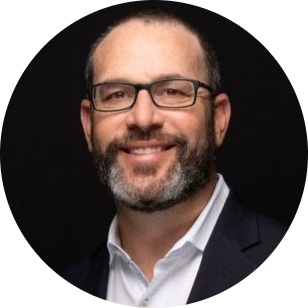Is the corporate ladder now a corporate trampoline?

Younger workers today have vastly different sentiments about what professional success looks like, and they are leading the charge to turn the corporate ladder into a trampoline. Job hopping has become far more normalized in recent years, with workers unafraid to seek roles elsewhere and with ideas around loyalty to one’s employer rapidly shifting.
Workplace experts say two factors are driving this: a larger shift with changing attitudes and values around what professional success looks like, but also employers dropping the ball on internal talent mobility programs and not effectively supporting staff to help them reach new, satisfying professional opportunities.
“The days of people going to college and saying, ‘I’m gonna be an accountant for the next 20 years with the goal of being a CFO’ is just sort of outdated,” said Danny Abdo, COO of virtual training platform Skillable. “Career growth is about building your skills, your experiences, and that’s the new ladder,” he added.
Justin Hirsch, CEO of JobPlex, a recruitment firm, and HR practice group leader at DHR Global, says it’s not quite a corporate trampoline now, but more like a corporate jungle gym.
“It’s one of those jungle gyms where people have to take a step, diagonal, back or sideways, a little bit up. There’s no longer the actual rungs in the ladder, but it feels like more of a jungle gym,” Hirsch said.
Workers have been job hopping much more frequently in the past few years than they have traditionally. Those who would typically start as interns and stay with an organization for three to five years are now leaving within a year or two after getting a full-time role, Hirsch said.
“As a result, although companies have then tried to kind of react and maybe redesign their internal talent management and development programs, they’ve lost some of their high potentials,” he said. “It’s just like the cupboard is more barren than it used to be from an internal management perspective.”
Formally educating staff about what a career path at the organization would look like is the first necessary step to help them see themselves at the company and stay for longer durations, he said.
Companies with strong talent mobility practices that allow staff to take part in new projects, work with different departments and travel, for instance, “are able to give those Gen Z employees the ability to jump in at their current organization and harness the new skills they’re building and experience they are having,” Abdo said.
Professional development is typically measured by promotions with a job title change and boosted compensation, but employers will need to think differently about what really matters to staff today.
“I think those are components of what any employee wants, but that’s just not the total picture. So if that’s how you’re retaining your employees, it’s not going to work,” Abdo said. “People don’t necessarily need to go up, but need to go across, and how do you facilitate that as an organization?”
“You need to keep their attention. It’s not one role, you know, and five years doing the same thing, just for a promotion. It’s building all of the other levers you can pull out around that.”
Abdo thinks it’s positive that younger workers are doing away with the traditional corporate ladder, he said. “I do think this is what companies have been investing in, like they don’t want to hire employees that are OK with doing the same thing for 20 years and are OK checking in and checking out and just waiting for that promotion based on how long they’ve been doing something,” he said.
“They’ve been asking for this more dynamic sort of employee that’s ambitious and that wants to learn new skills, right? But now that they have it, they don’t quite know what to do with it to support them,” he said.


